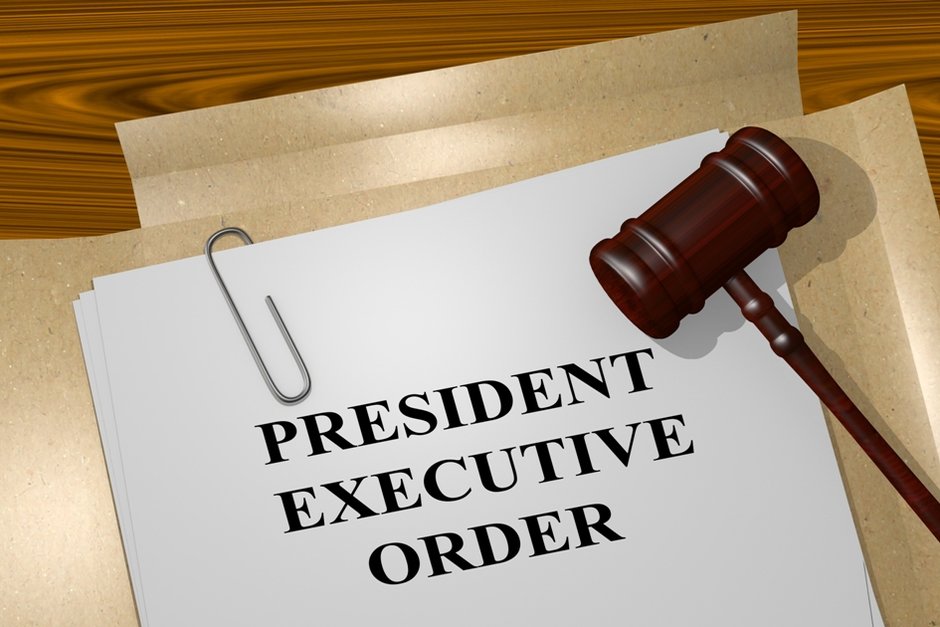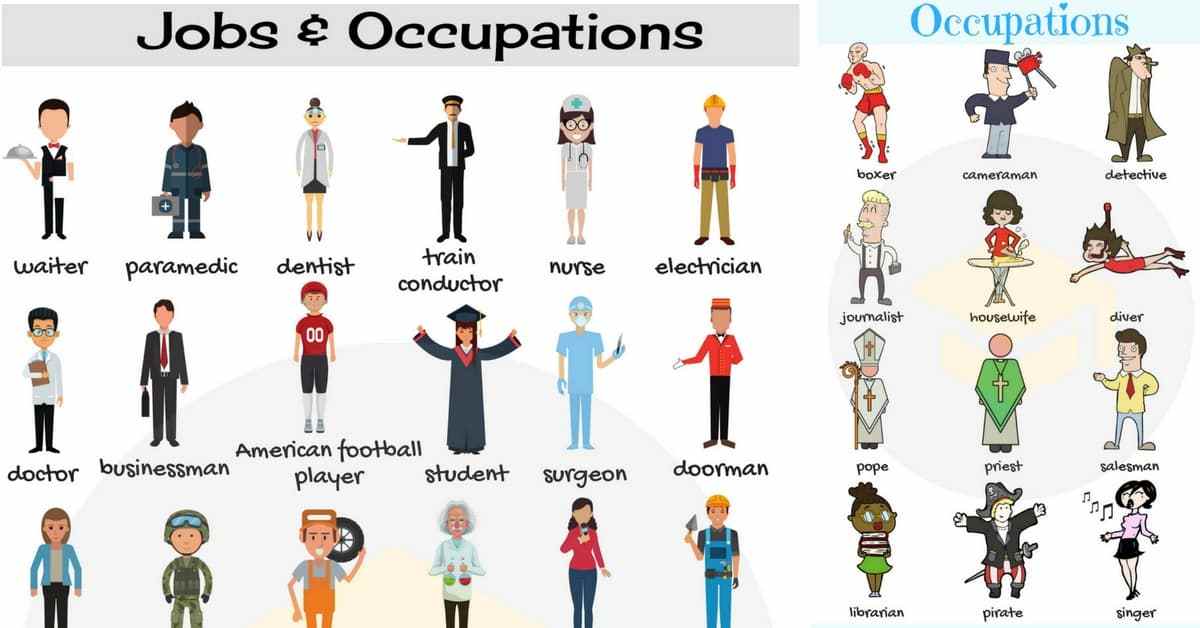Introduction:
Immigration has been a longstanding pillar of the United States, shaping the nation’s identity and contributing significantly to its economic growth. While debates around immigration policy can be divisive, recent articles highlight the positive effects that immigrants have on the US economy. From driving innovation to filling critical labor gaps, immigrants bring unique skills, talents, and entrepreneurial spirit that propel economic progress and job creation.
Job Creation and Entrepreneurship:
According to an article in Forbes, immigrants play a critical role in job creation and entrepreneurship. Immigrant entrepreneurs have given birth to some of America’s most successful companies, including tech giants Google and Tesla. A 2016 National Foundation for American Policy study found that more than half of the US-based startups valued at $1 billion or more had at least one immigrant co-founder. These companies not only generate employment opportunities but contribute significantly to tax revenues.
In addition, in another article in Forbes, they cite a new study which concludes that temporary work visas allow firms to expand and hire more U.S. workers, contrary to the arguments of immigration opponents. Economists find it is the latest in a series of recent studies that demonstrate the key premise of immigration restriction—that there is only a fixed number of jobs in the economy—relies on ignorance of economics.
Filling Labor Gaps:
The US economy relies on immigrant workers to fill labor gaps in industries such as agriculture, healthcare, and IT, which struggle to find sufficient native-born workers. As reported by The New York Times, the agricultural sector heavily relies on immigrant labor. Without immigrant farmworkers, the US agricultural industry would suffer greatly, leading to higher food prices and potential food shortages.
According to the article:
And the contribution of immigrants to America’s long-term growth is startlingly large. Since 2007, according to the Bureau of Labor Statistics, the U.S. labor force has increased by 14.6 million. Of these additional workers, 7.8 million — more than half — were foreign born.
Oh, and if these immigrants are taking away American jobs, how can the unemployment rate be near a 50-year low? In fact, we desperately need these workers, among other things because they will help us cope with the needs of an aging population.
And according to an article in Forbes:
Many employers say they could not operate their businesses and serve customers without access to H-2B workers. Jack Brooks, an owner of J.M. Clayton Seafood Co. in Maryland, told the _Washington Post_, “We need a long-term fix to survive.”
Boosting Innovation and Research:
Another article published by the National Foundation for American Policy discusses how immigrants drive innovation and research. The US has long been a global leader in cutting-edge technologies and scientific advancements. Immigrants, often highly skilled in STEM fields, contribute immensely to this success. The study found that immigrants were the inventors or co-inventors in more than 75% of patents granted to America’s top ten patent-producing universities.
According to an article in Forbes, which cites to the above study, in 2023, four of the six U.S. recipients of Nobel Prizes in medicine, chemistry and physics came to America as immigrants. The article goes on to say:
“Immigrants have been awarded 40%, or 45 of 112, of the Nobel Prizes won by Americans in chemistry, medicine and physics since 2000,” according to an analysis by the National Foundation for American Policy (NFAP). “Between 1901 and 2023, immigrants have been awarded 36%, or 115 of 319, of the Nobel Prizes won by Americans in chemistry, medicine and physics.”
Contributing to Social Security and Taxes:
Contrary to popular misconceptions, immigrants contribute substantially to the US economy, including Social Security and tax revenues. According to The Brookings Institution, immigrants filling jobs and starting businesses in the US contribute billions of dollars in taxes each year, supporting government programs and infrastructure development.
Another source, “Immigration is increasing, and it helps the country’s economic growth, a Stamford group says“, emphasizes how immigrant entrepreneurs significantly contribute to the local economic system. Immigrants, regardless of their legal status, also contribute to the tax system. The Social Security system holds nearly $2 trillion in contributions from immigrants who will not benefit from it. The article also indicates that the immigrant population has increased to 46 million, and undocumented immigrants pay approximately $11 billion in taxes annually. For those who villainize undocumented immigrants, and want to deport them all and stop the inflow, I ask – how will you keep Social Security afloat if you do that? No one politician has put forth any plan to replace this vital income to our Nation. As they say, people I glass houses should not thrown stones.
Conclusion:
Contrary to the negative rhetoric surrounding immigration, recent articles and studies emphasize the positive impacts immigrants have on the US economy. Immigrants contribute significantly to job creation, entrepreneurship, filling labor gaps, driving innovation, and generating tax revenues. The nation’s economic success relies on the skills, talents, and entrepreneurial spirit immigrants bring to the table. Recognizing and harnessing these positive effects can ensure a vibrant and prosperous future for the United States.






 The US President issued a new executive order on Monday evening. The order did several things. First, it extended the April 22, 2020 order limiting the ability for those overseas to get immigrant visas. Second, it expanded that order to include certain non-immigrant visas as well. Lastly, it required USCIS and DOL to review processes and procedures regarding EB-2 and EB-3 cases. Before providing a summary of the provisions, there are a couple points to highlight.
The US President issued a new executive order on Monday evening. The order did several things. First, it extended the April 22, 2020 order limiting the ability for those overseas to get immigrant visas. Second, it expanded that order to include certain non-immigrant visas as well. Lastly, it required USCIS and DOL to review processes and procedures regarding EB-2 and EB-3 cases. Before providing a summary of the provisions, there are a couple points to highlight. A big question that many people have, before even asking if they would qualify for a National Interest Waiver application, is can I even file one considering that I am a [fill in the blank with your profession]. You may be surprised that, for the most part, the answer is “Yes, people in that profession can apply for a National Interest Waiver”. Business people, engineers, researchers, some computer people as well – all these professions (and many more) can work with the National Interest Waiver.
A big question that many people have, before even asking if they would qualify for a National Interest Waiver application, is can I even file one considering that I am a [fill in the blank with your profession]. You may be surprised that, for the most part, the answer is “Yes, people in that profession can apply for a National Interest Waiver”. Business people, engineers, researchers, some computer people as well – all these professions (and many more) can work with the National Interest Waiver.
 Charlie Oppenheimer and the Department of State have determined that, because of increased usage of the EB-1 immigration visas that, come April 1 they will have to backlog this category for both India and China. Both have been backlogged to January 1, 2012 (a date for which there will be no demand). This action was taken to make sure that worldwide usage for this category stays within the numbers allowed.
Charlie Oppenheimer and the Department of State have determined that, because of increased usage of the EB-1 immigration visas that, come April 1 they will have to backlog this category for both India and China. Both have been backlogged to January 1, 2012 (a date for which there will be no demand). This action was taken to make sure that worldwide usage for this category stays within the numbers allowed. On September 24, 2017, the President issued a new Executive Order (“EO”) entitled “Enhancing Vetting Capabilities and Processes for Detecting Attempted Entry into the United States by Terrorists or other Public Safety Threats”. This new EO builds upon the last order, which was only valid for 90 days. However, part of the old EO directed DHS to do a worldwide review to determine what additional information is needed from each foreign country to assess whether foreign nationals who seek to enter the United States pose a security or safety threat. DHS completed that review and gave the President a list of seven countries that had “inadequate” information sharing practices. The new EO implements certain types of restrictions against nationals of these seven countries (plus one additional country that the President felt posed security risks) in terms of their ability to get certain visas.
On September 24, 2017, the President issued a new Executive Order (“EO”) entitled “Enhancing Vetting Capabilities and Processes for Detecting Attempted Entry into the United States by Terrorists or other Public Safety Threats”. This new EO builds upon the last order, which was only valid for 90 days. However, part of the old EO directed DHS to do a worldwide review to determine what additional information is needed from each foreign country to assess whether foreign nationals who seek to enter the United States pose a security or safety threat. DHS completed that review and gave the President a list of seven countries that had “inadequate” information sharing practices. The new EO implements certain types of restrictions against nationals of these seven countries (plus one additional country that the President felt posed security risks) in terms of their ability to get certain visas.